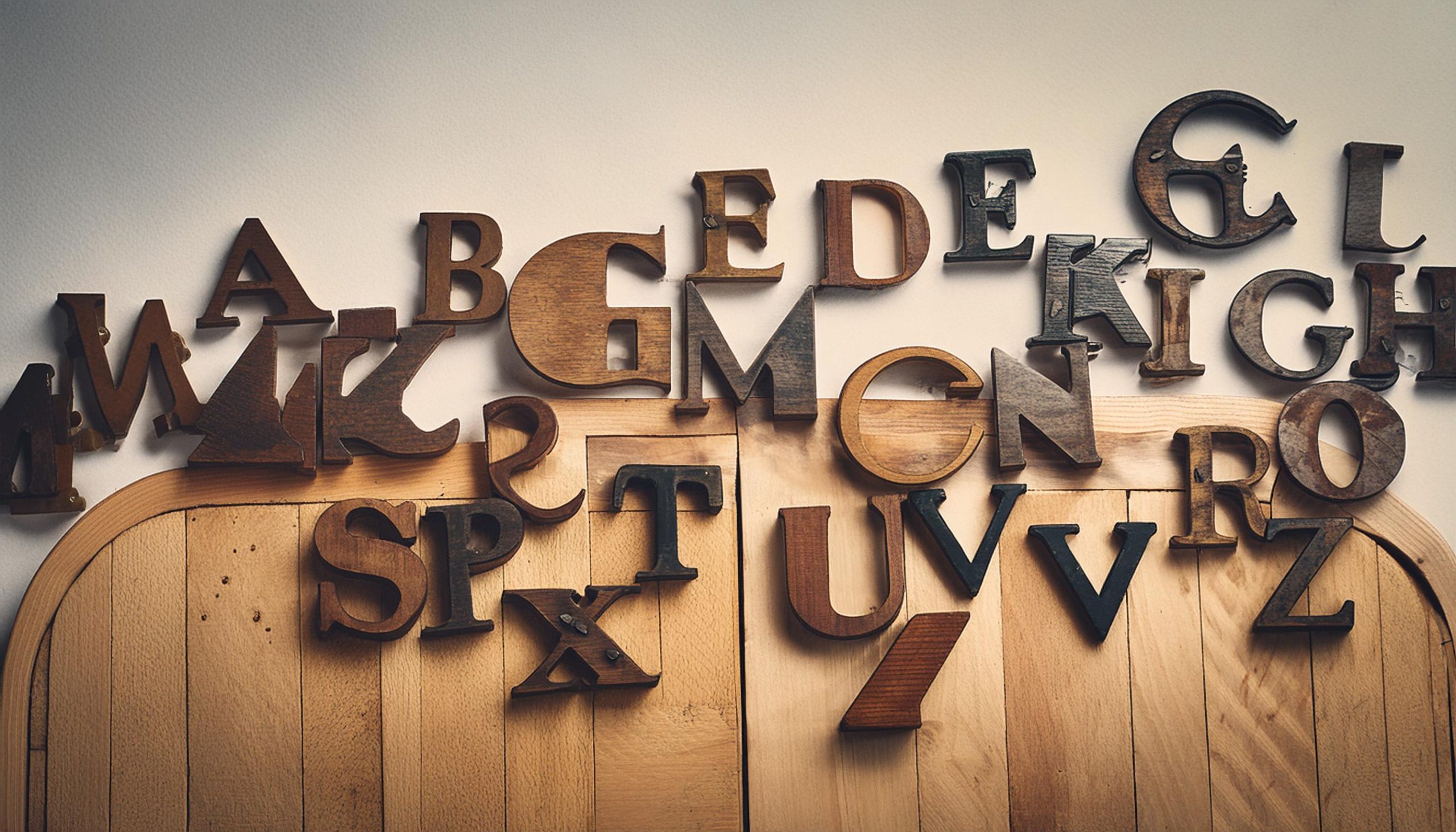Fonts play a crucial role in communication, whether it’s through print or digital media. They set the tone, convey emotions, and impact readability. Choosing the perfect font for any occasion can be a daunting task, but with a clear understanding of the basics and some strategic thinking, you can make informed decisions that enhance your message. This ultimate guide will walk you through the key considerations for selecting the right font for various occasions.
Understanding Font Categories
Before diving into specific occasions, it’s essential to understand the different categories of fonts:
Serif Fonts: These fonts have small lines or strokes attached to the ends of letters, giving them a classic and formal appearance. Examples include Times New Roman, Georgia, and Garamond.
Sans-Serif Fonts: Sans-serif fonts lack the small lines at the ends of letters, resulting in a cleaner and more modern look. Popular sans-serif fonts include Arial, Helvetica, and Verdana.
Script Fonts: Script fonts mimic cursive handwriting and can add an elegant or playful touch. They are often used for invitations and greeting cards. Examples include Brush Script and Pacifico.
Display Fonts: These are highly stylized fonts designed to grab attention, often used in headlines or advertisements. Examples include Impact and Lobster.
Monospaced Fonts: Each character in a monospaced font occupies the same amount of horizontal space. These fonts are often used in coding and technical documents. Examples include Courier and Consolas.
Key Factors to Consider When Choosing a Font
Readability: The primary function of a font is to convey your message clearly. Ensure the font is readable in various sizes and on different screens or print materials.
Tone and Mood: Fonts convey emotions and set the tone for your content. A formal document requires a different font compared to a casual or playful invitation.
Context and Medium: Consider where and how the font will be used. A font suitable for a website may not be ideal for printed wedding invitations.
Audience: Tailor your font choice to your target audience. Younger audiences might prefer modern, sans-serif fonts, while older readers might find serif fonts more familiar and easier to read.
Brand Consistency: If you’re choosing a font for business purposes, ensure it aligns with your brand’s identity and is consistent across all platforms and materials.
Choosing Fonts for Specific Occasions
- Formal Documents and Business Communication
Recommended Fonts: Times New Roman, Georgia, Arial, Calibri
Why: These fonts are professional, clean, and easy to read. They convey a sense of formality and reliability, making them ideal for business reports, resumes, and official correspondence.
- Wedding Invitations and Elegant Events
Recommended Fonts: Edwardian Script, Bickham Script, Garamond
Why: Script and serif fonts add a touch of elegance and sophistication, perfect for wedding invitations, formal event announcements, and ceremonial documents.
- Casual Invitations and Greeting Cards
Recommended Fonts: Comic Sans, Pacifico, Chalkboard
Why: Casual, playful fonts work well for informal gatherings, birthday invitations, and greeting cards. They create a friendly and approachable feel.
- Websites and Digital Content
Recommended Fonts: Helvetica, Arial, Open Sans, Roboto
Why: Sans-serif fonts are preferred for digital use due to their readability on screens. They provide a clean and modern look, which is essential for web content.
- Advertisements and Headlines
Recommended Fonts: Impact, Bebas Neue, Futura
Why: Display fonts are designed to attract attention. They are bold and eye-catching, making them suitable for headlines, posters, and advertisements.
- Creative Projects and Artistic Content
Recommended Fonts: Brush Script, Papyrus, Lobster
Why: For artistic and creative projects, unique and stylized fonts can add personality and flair. They help convey creativity and originality.
- Technical Documents and Coding
Recommended Fonts: Courier, Consolas, Monaco
Why: Monospaced fonts are essential for coding and technical documentation because they align characters in columns, making it easier to read and debug code.
Tips for Pairing Fonts
Pairing fonts effectively can enhance the visual appeal and readability of your content. Here are some tips:
Contrast and Complement: Choose fonts that contrast in style but complement each other in tone. For example, pair a bold sans-serif font for headings with a readable serif font for body text.
Hierarchy and Emphasis: Use different fonts to create a hierarchy and emphasize important information. Headlines, subheadings, and body text can each have distinct fonts to guide the reader’s eye.
Limit Your Choices: Stick to two or three fonts to avoid visual clutter. Consistency is key to maintaining a cohesive design.
Consider Font Sizes and Weights: Use varying sizes and weights of the same font family to create contrast without the need for multiple font types.
Implementing Fonts in Your Design
Web Fonts: Use web fonts from providers like Google Fonts or Adobe Fonts to ensure compatibility across different devices and browsers. Embed the font using a link in your HTML and apply it using CSS.
Print Fonts: Ensure the font is embedded in your design software to maintain consistency when printing. Use high-resolution files to preserve the font quality.
Accessibility: Choose fonts that enhance readability for all users, including those with visual impairments. Avoid overly decorative fonts for body text and ensure sufficient contrast between text and background.
Choosing the perfect font for any occasion involves understanding the different types of fonts, considering the readability, tone, context, audience, and maintaining brand consistency. Whether you’re designing a formal business document, a wedding invitation, a website, or a casual greeting card, the right font can enhance your message and make your content more engaging. By following the guidelines in this ultimate guide, you’ll be well-equipped to make informed font choices that suit any occasion. Remember, the perfect font not only looks good but also communicates your message effectively and leaves a lasting impression on your audience.

